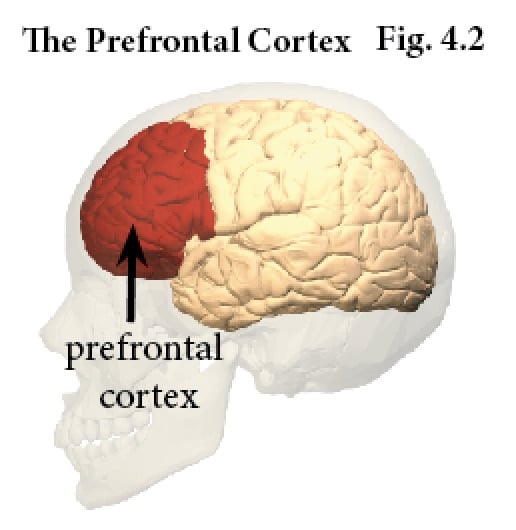
The intelligence that we have when we reach adulthood is generally attributed to two factors: our DNA and our environment. For years, psychologists engaged in what was called the “nature vs. nurture” debate about the relative importance of each factor. Those on the “nurture” side of the debate argued that every human begins life as a “blank slate” (tabula rasa) ready to be inscribed with experiences that determine the ultimate intelligence they will acquire. Those on the “nature” side of the debate argued that intelligence was innate and determined to a large extent by the genes the individual inherits.
During the 1990’s, studies of identical twins raised apart by Bouchard* and others, revealed that people with the same DNA, but different environments tended to have a similar IQ. Additional studies confirmed these results and in 1995, John Sedgwick, an advocate on the nurture side of the debate, conceded:**
As for IQs genetic component, enough twins studies agree that heritability accounts for somewhere in the vicinity of 50% to 70% of intelligence, with 60% the most likely figure, which of course still leaves ample room for environmental influence.
How Does the Brain develop in Children?
About 4 weeks after a child’s conception, a neural plate begins to form at one end of the fetus. As this neural plate expands, it sends brain cells, called neurons to different parts of your evolving brain to perform specific functions. (An excellent video showing this development is accessible at Axon guidance.)
In the months that follow, the brain produces up to one quarter of a million neural connections every minute, so that 6 months after conception, the brainstem is able to control breathing, heart rate, and blood pressure. In the final three months of gestation, the prefrontal cortex, that part of the brain responsible for higher order thinking skills, begins to develop.
At birth the brain contains about 100 billion neurons, ready to connect with each other in response to the sensory experiences during infancy. The neurons in the brain connect, in what are called synapses, at the rate of about 2 million per second, so that by age 2, the brain has about one quadrillion (1000 trillion) synapses–twice the number it will have in 20 years.
Unable to sustain the biochemical reactions across all these synapses, the brain enters a stage known as neural pruning, removing the synapses for which there was little use. In essence, the brain is fine-tuning itself to function effectively in the environment. So much in this early stage of brain development determines the intelligence reached in adulthood..
Early demands for certain types of cognitive tasks such as, learning a language or counting, play a significant role in determining which cognitive capacities will become most highly developed. Stanford University neurologist David Eagleman observes:***
In a sense, the process of becoming who you are is defined by carving back the possibilities that were already present. You become who you are not because of what grows in your brain, but because of what is removed.
The next dramatic phase in brain growth occurs just before puberty when a proliferation of neurons and synapses appears in the prefrontal lobe. This is the part of the brain associated with rational thought and executive function. A late phase in the evolution of the human brain, it provides a capacity for problem solving, deductive thinking, and drawing inferences–processes typically described as “higher order thinking skills.”
Another round of rapid and extensive production of neurons and synapses followed by extensive neural pruning, occurs during puberty, significantly modifying and restructuring the brain’s neural network. By the end of adolescence, the pruning results in a decrease of between 5 and 10 percent of the brain mass, as the brain had efficiently attunes itself to the environment in which it will need to function. (See contours of the prefrontal cortex at: Neurons & Synapses.)
This research reveals that high intelligence requires both a strong genetic inheritance and a rich intellectually stimulating environment. A low score in either factor can result in average to below average intelligence. For now, environment is the only factor we can control, but gene splicing may, in future, enable biologists to remove cognitive disabilities or enhance learning capabilities.
*. The Minnesota Twins Study is found in Bouchard, Thomas J., David T. Lykken, Matthew McGue, Nancy L. Segal, and Auke Tellegen. 1990. “Sources of Human Psychological Differences: The Minnesota Study of Twins Reared Apart.”Science, New Series, Vol. 250. No. 4978, pp. 223–228.
**. Sedgwick, John. 1995. “The Pioneer Fund” in The Bell Curve Debate [Eds: Jacoby Russell and Naomi Glauberman] New York: Three Rivers Press. p. 157.
***The quote is on page 7 of Eagleman, David. 2015. The Brain: The Story of You. New York, NY: Vintage Books.
